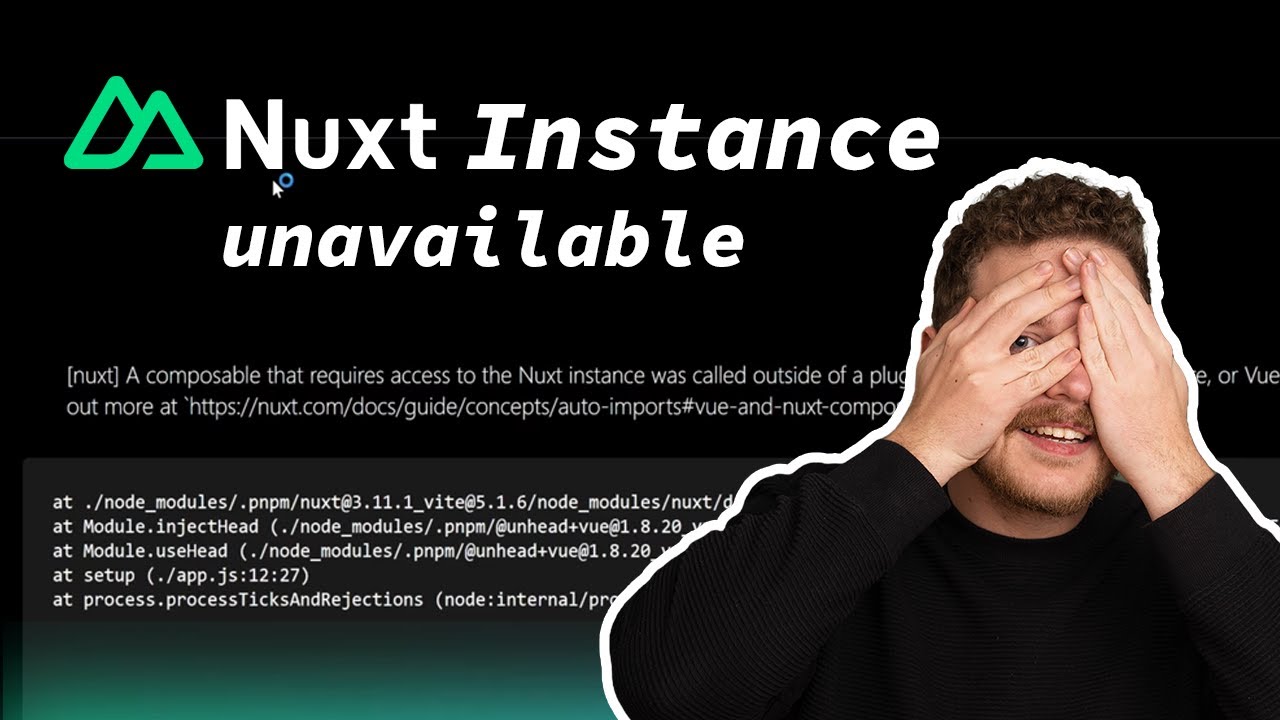How to Open, Analyze, and Close a Case Interview (Part 3 of 12) | caseinterview
Summary
TLDR本视频脚本详细讲述了如何开启、分析并关闭一个案例,这是一个三步过程。首先,演讲者强调了在练习案例时要机械地遵循步骤,直到完全掌握,然后可以变得更加创造性和灵活。在开启案例时,演讲者建议先“暂停”以收集思路,验证对事实和术语的理解,并确保对客户想要解决的问题有正确的理解。接着,选择适合问题类型的框架,并识别该框架的关键组成部分。在分析案例时,演讲者提倡使用假设来指导数据收集,并根据数据调整假设。整个过程中,演讲者强调了理解问题本质、使用适当的框架、以及与客户进行有效沟通的重要性。
Takeaways
- 📝 **准备阶段**:在开始解决案例之前,要通过暂停来争取思考时间,这有助于梳理思路并避免匆忙回答。
- 🤔 **确认理解**:确保对客户的行业术语和问题有准确理解,避免因误解而给出错误建议。
- 🔍 **澄清问题**:通过提问来澄清客户的具体问题,注意问题的主体和客体,确保理解无误。
- 🏗️ **构建框架**:为案例分析选择合适的框架,这有助于系统化地解决问题,避免信息搜集的混乱。
- 🔑 **关键组件**:识别框架中的关键组件,这有助于集中分析的焦点,提高解决问题的效率。
- 📈 **数据导向**:基于数据来验证假设,通过分析收入和成本等关键因素来确定问题的根源。
- ❓ **提问技巧**:在分析过程中,通过提问引导对话,获取更多信息,同时也可以测试自己的假设。
- 💡 **假设设定**:在分析前设定一个假设,然后通过收集数据来验证其正确性,这是一个科学的方法。
- 📊 **视觉呈现**:使用图表和框架来直观展示分析过程,这有助于客户更好地理解和跟随你的逻辑。
- 📚 **框架选择**:根据不同的商业问题选择合适的框架,如利润问题、新产品问题或市场进入问题。
- 🧐 **分析过程**:分析意味着将问题分解成组成部分,通过逐步深入每个部分来理解整个问题。
Q & A
在案例分析的过程中,开展了哪些步骤?
-案例分析的过程包括延迟、验证理解、构建框架、分析案例、提出假设、选择分支、确定关键问题以及分析数据等步骤。
为什么在案例分析的开头要先延迟回答问题?
-延迟回答问题是为了给自己一点时间思考,尤其是在面对突然的、棘手的问题时,延迟可以让你有更多时间思考解决方案。
为什么在开案时要验证对案例的理解?
-验证对案例的理解是为了确保对事实和术语的理解准确,因为不同行业可能会使用不同的术语,理解不准确可能导致误解问题。
为什么在开案时要确定问题的类型并选择正确的框架?
-确定问题的类型并选择正确的框架可以帮助解决问题的效率,因为不同类型的问题需要不同的方法,选择错误的框架可能导致浪费时间。
为什么在案例分析中要提出假设?
-提出假设类似于科学方法中的实验设计,可以指导分析的方向和方法,如果假设错误,可以及时调整分析的重点。
在案例分析中如何确定要分析的分支?
-在提出假设后,要根据假设选择相应的分支,通常是根据框架的不同部分来确定分支,然后分析其中的关键问题。
在分析案例时为什么要确定关键问题?
-确定关键问题可以确保分析的全面性和系统性,避免漏掉重要的因素,有助于更深入地理解问题的本质。
为什么在分析案例时需要仔细考虑并提取关键数据?
-仔细考虑并提取关键数据可以为分析提供支持和依据,帮助验证假设并得出合理的结论,提高解决问题的准确性。
在案例分析中,为什么要确保在分支下列出所有的关键问题?
-确保在分支下列出所有的关键问题可以避免遗漏重要的因素,确保分析的全面性和系统性,同时向面试官展示你的全面思考能力。
提出假设和选择分支之间有什么关联?
-提出假设指导选择适当的分支,假设的准确性直接影响到分析的方向和有效性,因此两者之间密切相关。
Outlines

此内容仅限付费用户访问。 请升级后访问。
立即升级Mindmap

此内容仅限付费用户访问。 请升级后访问。
立即升级Keywords

此内容仅限付费用户访问。 请升级后访问。
立即升级Highlights

此内容仅限付费用户访问。 请升级后访问。
立即升级Transcripts

此内容仅限付费用户访问。 请升级后访问。
立即升级浏览更多相关视频

Multiple JDBC Clients - How to configure multiple DataSources in Spring

Ejemplo 01 - Ingtegrales polares

The Student Who Ate 5-Day Old Pasta And His Liver Shut Down

Nuxt Instance Unavailable - Async Code in Vue and Nuxt with the Composition API (+ raffle 🎁)

Best Cursor Workflow that no one talks about...

The Last Prompt You'll Ever need - Synapse_CoR

How to Activate Your Pineal Gland FAST - Superhuman Potential (NO GOING BACK!)
5.0 / 5 (0 votes)